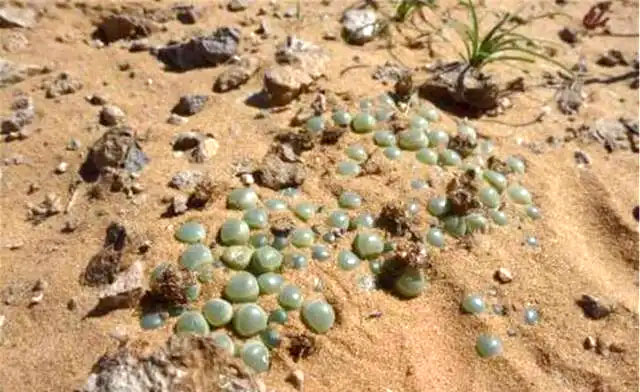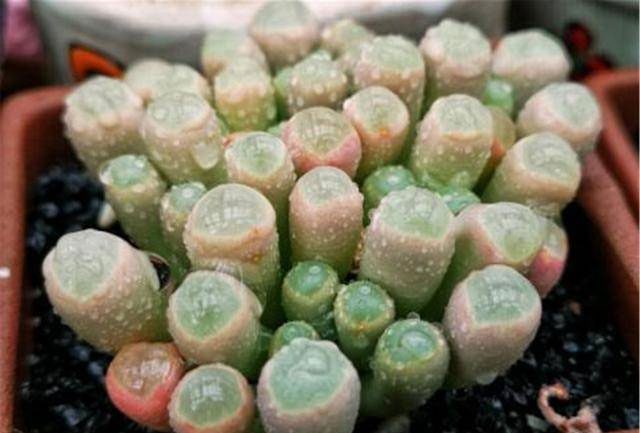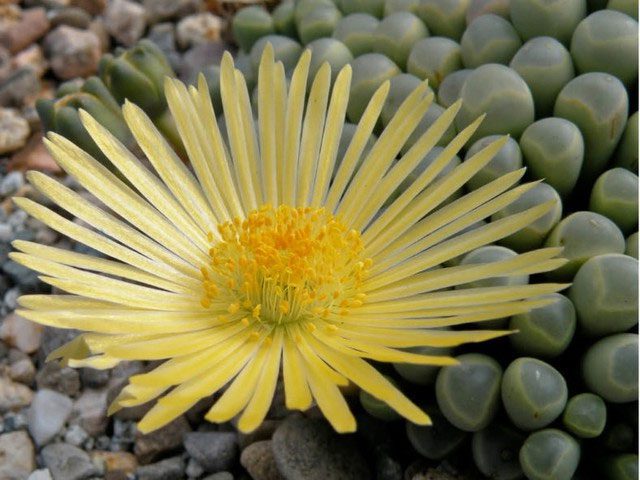Why is this so dangerous?
“Watch out for your life”
Africa is a continent associated with vast savannas—the home of many beautiful wild animals. African forests are one of the natural wonders of the world, with tropical rainforests covering about 12% of the continent and being the richest areas in terms of biodiversity.
It can be said that biodiversity in Africa is one of the most attractive points for adventure trips exploring the wilderness of our planet. Beautiful and diverse, it also hides many dangers.

Looks like emeralds but they are not.
Therefore, when traveling in Africa, you need to be well-prepared with knowledge about the area—such as unique local customs or strange native plants—or at least be guided by locals, as danger may strike unexpectedly.
Here is a story illustrating this point.
Specifically, travelers from other continents will notice that there are many things that look like shiny green candies, resembling emeralds. They are found exposed along many roads throughout Africa. Strangely, no locals pick them up.
When asked, the locals simply say: “Watch out for your life.”
Why do Africans say that?

This is actually a succulent plant in Africa.
A Plant Called “Jade”
According to an article on KKNews (China), the strange thing that tourists see resembling emeralds is not real jade, but a type of succulent plant found in Africa.
They originate from the arid land of Namaqualand in southern Africa and Namibia, and because they resemble gemstones, they are named Isuzu Jade Baby Toes (scientific name: Fenestraria aurantiaca).
The growth characteristics of Isuzu Jade make it primarily develop in coastal areas of Africa, ranging from the coast of South Africa from Namaqualand in the Northern Cape to Lüderitz in Namibia.

The shape of the plant is quite unusual compared to other plant species.
This plant prefers warm, dry, and sunny environments. It can withstand high temperatures and drought, and therefore cannot survive in wet, dark conditions. This plant primarily grows in sandy loam soil, which is loose and well-drained compared to other soil types.
The shape of the plant is quite unusual compared to other plant species. The succulent has no stem and forms clusters of upright, round leaves resembling baby toes (hence its name Isuzu Jade Baby Toes). Interestingly, not only does it have a strange appearance, but this plant also grows in clusters, peeking out of the ground and looking from afar like beautiful green gems.
Its flowers are a golden yellow color. Perhaps when the flowers bloom, it helps many tourists avoid confusion with real emeralds.
Unfortunately, this beautiful plant harbors toxicity to humans. According to local people, if you touch Isuzu Jade, your skin may become allergic. Soon after, the body will break out in rashes, causing discomfort.

This plant can cause allergies if you accidentally touch it.
If someone accidentally picks them and chews them for juice, this act is very dangerous. They could be poisoned and even die.
Foreign tourists visiting do not understand this. There are countless cases of tourists accidentally touching Isuzu Jade and fortunately only experiencing mild allergic reactions.
Therefore, when visiting an unfamiliar land and encountering strange plants and animals, you must proactively ask locals for advice or refrain from touching or consuming them. Just like mushrooms, there are edible and poisonous varieties, and not understanding and distinguishing between what is safe to eat and what is not can be harmful to us.


















































